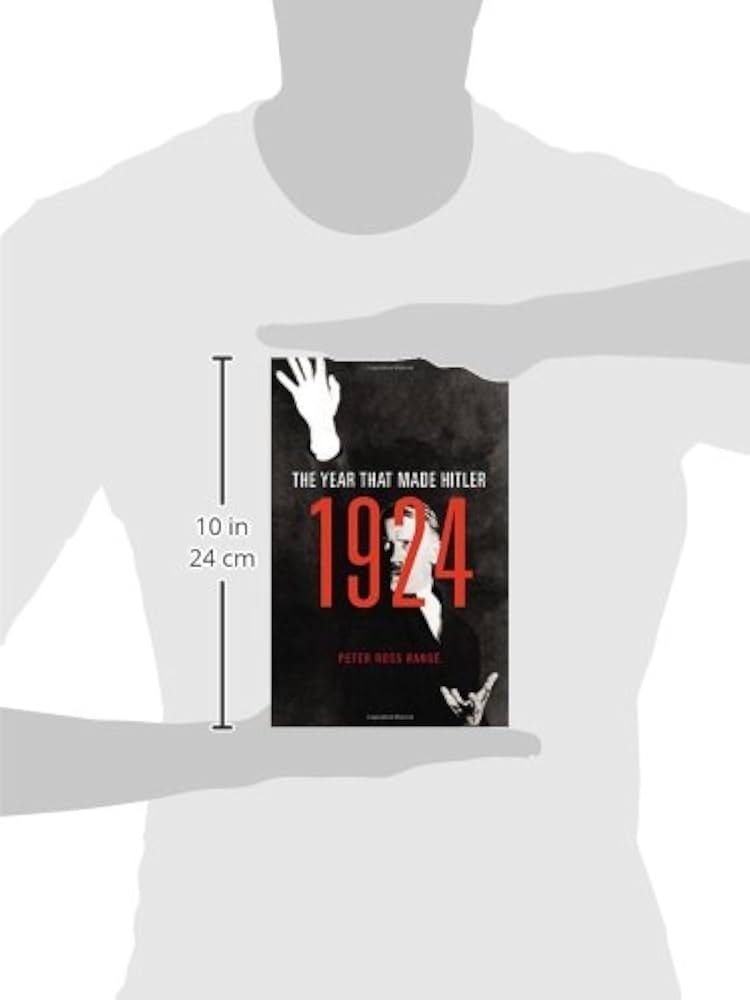In Peshawar, the once vibrant cinema culture is fading, with only three theatres remaining operational, primarily during Eid festivals. Historically, numerous cinema houses were established in the city before the partition, predominantly owned by Hindu business magnates. However, many of these historic venues have been demolished, replaced by medical centers and shopping malls. The decline of cinema is attributed to the rise of social media, offering diverse entertainment alternatives.
Pioneers like Seth Achram Ram Ghai, who built the first ‘Imperial Theatre’ in 1925, marked the beginning of Peshawar’s cinematic golden age with the release of the first Urdu ‘Talkie’ in 1931. Unfortunately, many iconic cinemas like PF Cinema, Metro, and Naaz have been lost over the years, with militancy contributing to the decline as some venues were targeted.
Currently, only Aaena, Sabirna, and Arshad cinemas remain, but their owners struggle with high operational costs. The broader region of Khyber Pakhtunkhwa once boasted over 40 cinemas, but these too have diminished, reflecting the challenges faced by the Pashto film industry. Experts highlight that the traditional cinema experience has been overshadowed by modern entertainment avenues, with spaces being repurposed for commercial use.
The shift towards Cineplexes and 3D digital films is evident nationwide, as they require fewer resources and attract contemporary audiences. The traditional model of cinema, requiring extensive resources and manpower, is becoming obsolete in the face of technological advancements and changing viewer preferences.


